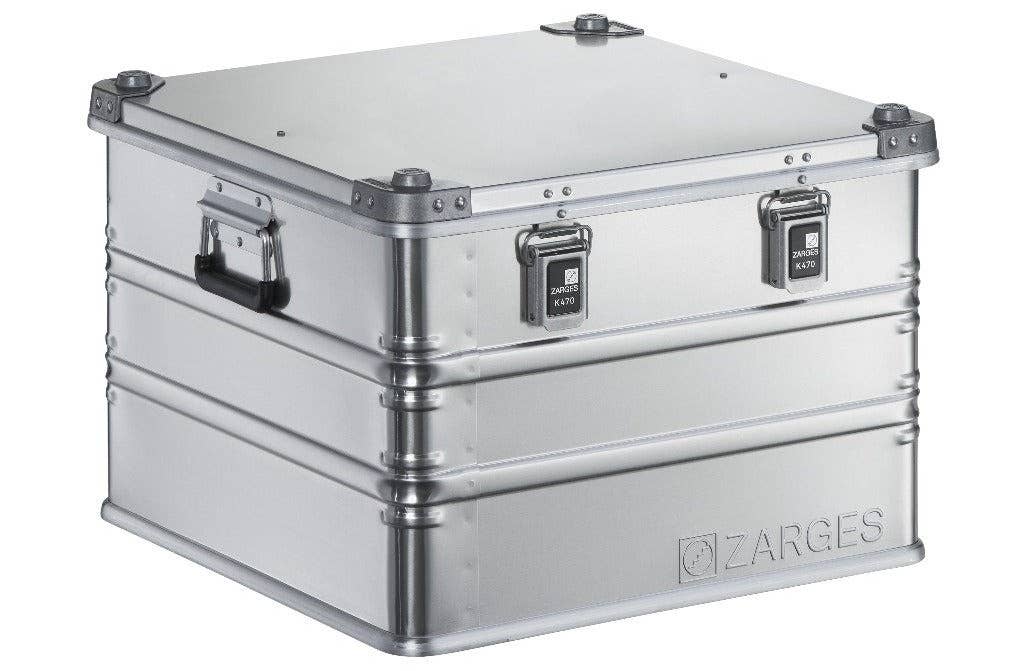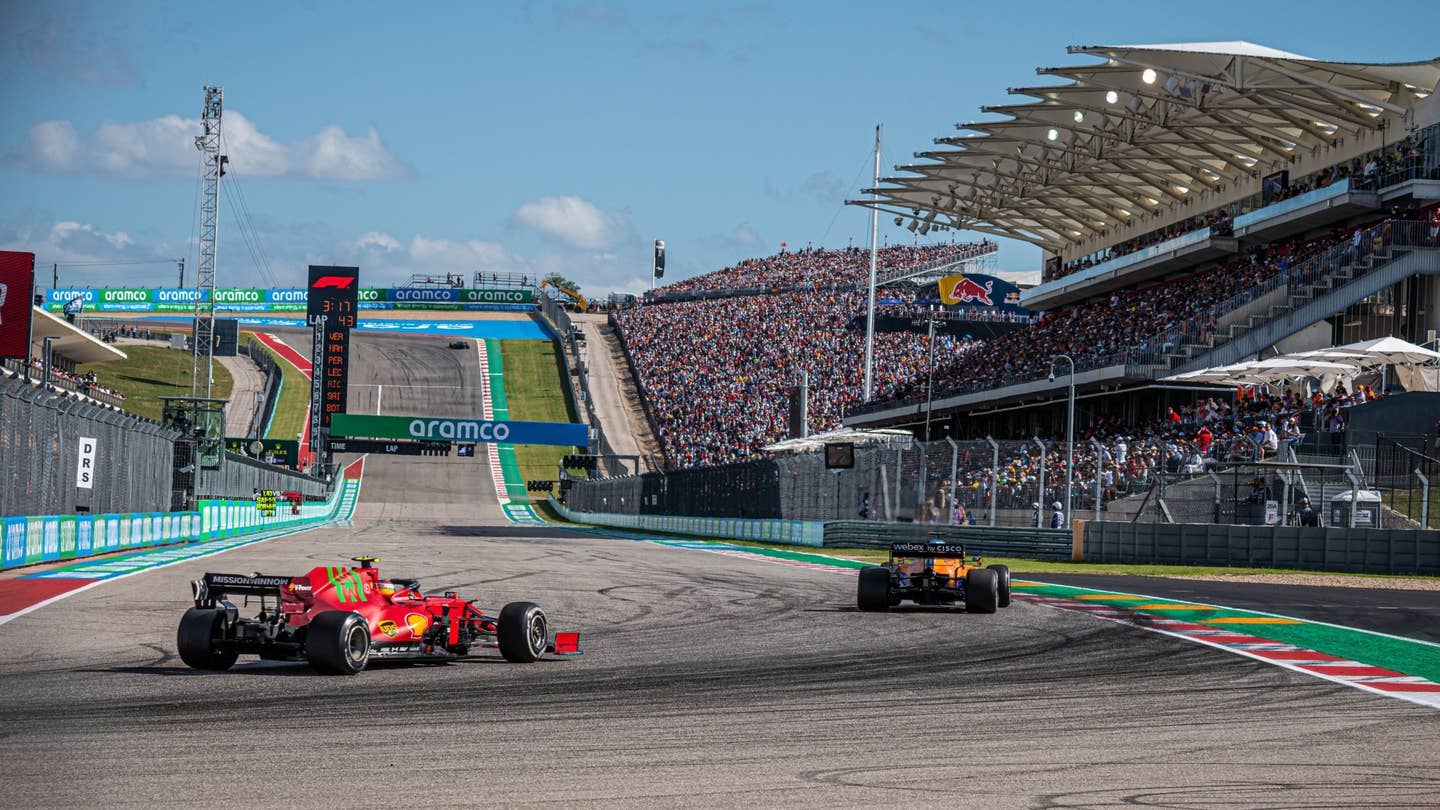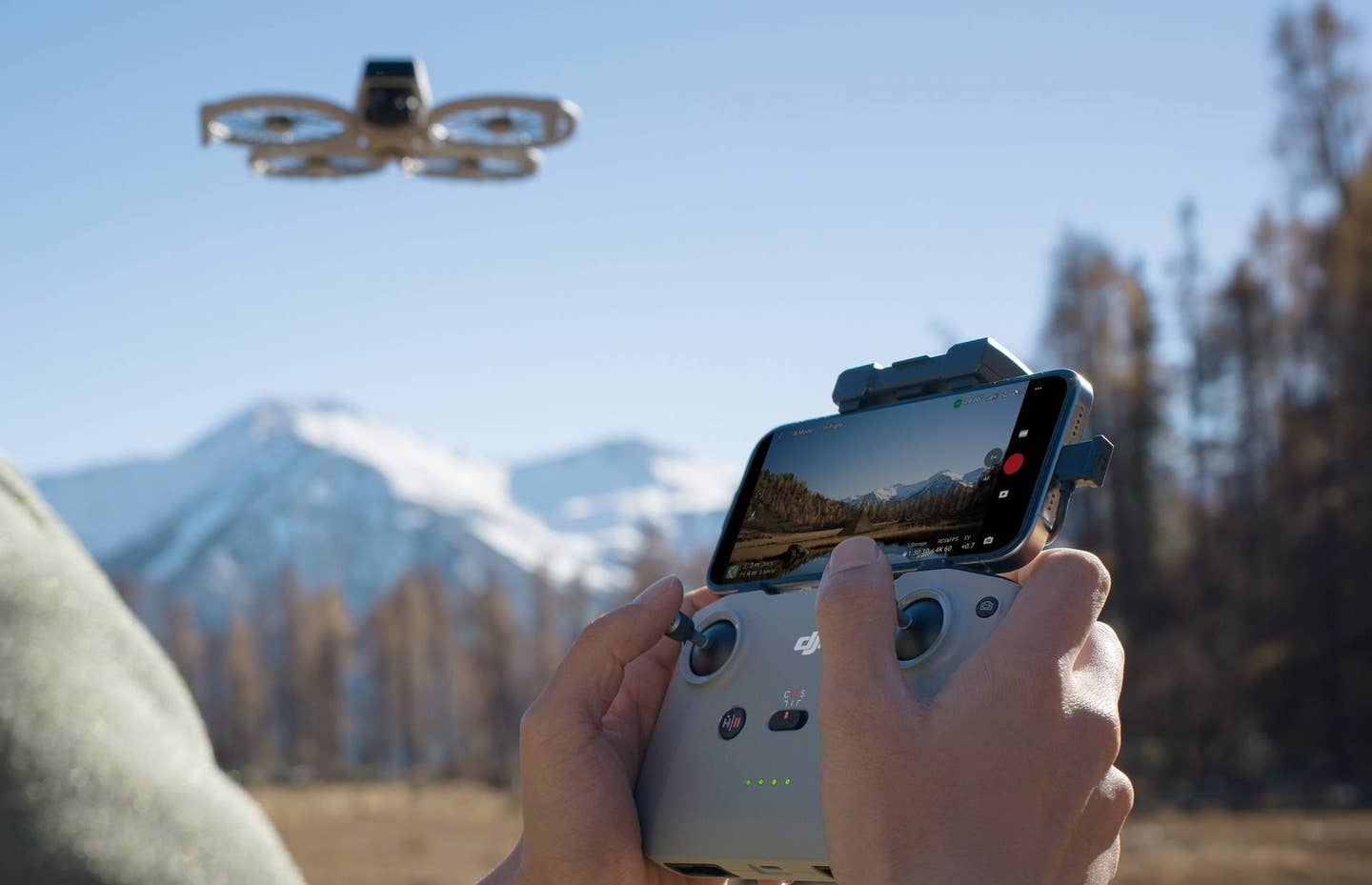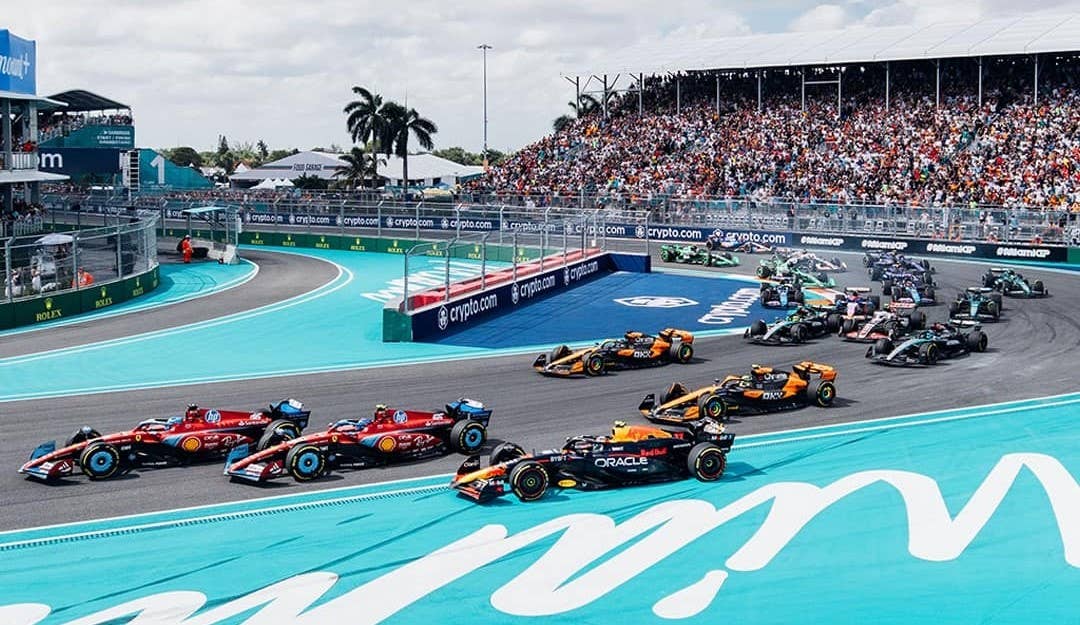How Much Does a Private Pilot License Cost?
Keep these variables in mind when figuring out the cost of a private pilot license.
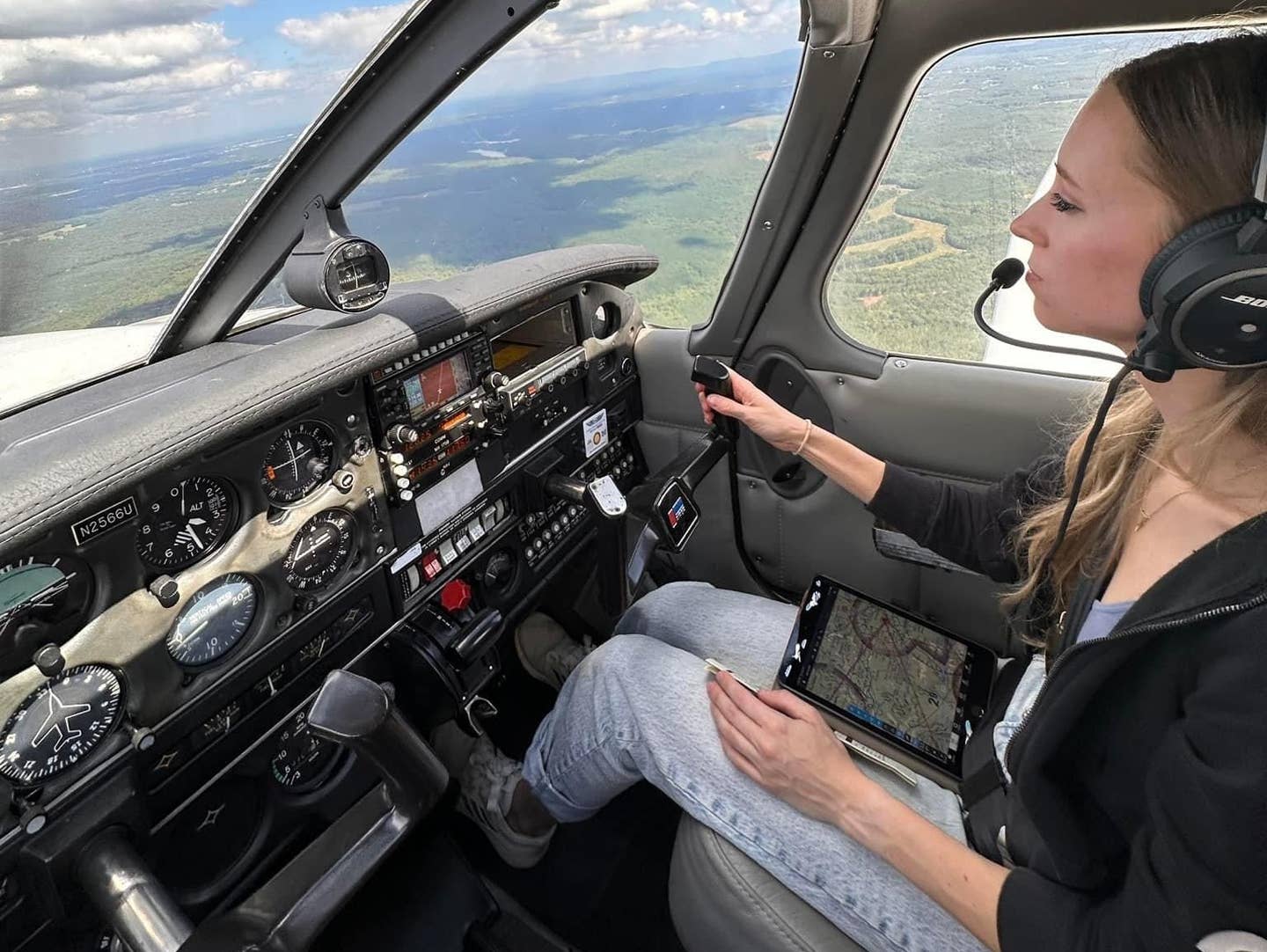
Here’s a good look at the expenses for getting a pilot license. [Photo by Carly Chamerlik | Flying Magazine]
Earning a private pilot license (PPL) is a major achievement, and it can also come with major costs.
From aircraft rentals to training supplies, the expenses can add up quickly.
Here’s a detailed look at the total costs of obtaining your PPL and key factors to consider before you begin.
How Do Private Pilot Licenses Work?
As of 2023, more than 167,000 people in the U.S. hold a private pilot license, granting them the ability to fly certain types of airplanes for personal use. Whether you're flying to a nearby city for lunch or traveling for vacation, a PPL offers flexibility and convenience on your terms.
While a private pilot can fly for fun, they aren’t allowed to operate an airplane for compensation or hire. The only exception is if you're a salesperson demonstrating an aircraft to a potential buyer.
Even with this limitation, there are many great things you can do with a PPL, such as:
- Flying friends and family.
- Traveling for business or leisure without relying on commercial flights.
- Participating in aviation community events.
- Flying for a charitable cause.
- Exploring new destinations from a different perspective.
Private Pilot License Requirements
Before starting your private pilot training, it’s important to know the requirements.
The Federal Aviation Regulations outline all of the criteria for earning a PPL in Part 61, including general eligibility and required training. You must:
- Be at least 17 years old.
- Speak, read, write, and understand English.
- Hold a current aviation medical certificate.
- Hold a student pilot certificate.
- Receive logbook endorsements from the flight instructor who conducts your training.
- Complete specific types of aeronautical experience. A private pilot candidate must log at least 40 flight hours in various flight categories to be eligible to take the final certification test.
- Pass a computer-based knowledge test.
- Pass a practical test known as the checkride.
Private Pilot License Cost Breakdown
The cost of earning your private pilot license can vary greatly, with the total cost typically ranging from $12,000 to $20,000 or more.
The total price paid for your PPL will depend on your flight school, location, the aircraft you’re flying, and other factors. The majority of the cost comes from logging your required flight hours—renting the aircraft, filling the fuel tanks, and compensating your instructor.
Here’s a breakdown of what to expect as you work toward your license.
Pilot Gear
To work toward your private pilot license, you’ll need some essential supplies. This includes a headset, iPad, kneeboard or iPad mount, flight-planning tools, flight bag, flashlight, and other basics such as snacks, water, and charging cables.
The right gear will set you up for success in training. Expect to spend between $500 and $1,000 on the low end, and upward of $2,000 if you opt for a more expensive headset or iPad model.
Medical Examination/Student Pilot Certificate
Before you can begin flying, you’ll need to complete a medical examination with an aviation medical examiner (AME).
The FAA makes it easy to fill out the preliminary forms online and locate an AME near you to schedule the exam, which costs around $150.
Textbooks and Manuals
Part of your training to become a pilot will include studying to pass a computer-based knowledge test and a practical exam called a check ride.
To prepare for these tests, you may want to have copies of the Pilot’s Handbook of Aeronautical Knowledge or the Airplane Flying Handbook on hand. These resources are available for free online, but having paper copies can be invaluable study tools that you’ll refer to throughout your flying journey.
You might also need a checklist booklet for in-flight use and an airplane manual for planning purposes. Some schools supply their students with digital copies of these aircraft documents, but others require them to purchase their own paper versions.
Another essential book for all student pilots is the logbook. Your logbook will house records of all your flight activity as you work toward becoming a private pilot. It’s also necessary to log other types of flying beyond your PPL to track currency and progress toward new certificates or ratings.
Be prepared to spend around $100 on these necessary materials.
Ground School Training
To pass the FAA written test, you’ll need some ground training.
While self-study with a textbook is an option, taking a complete ground school course will ensure you’re fully prepared. Online courses from household names such as King Schools and Sporty’s are a great choice as they’re generally more affordable than in-person sessions with a certified instructor. They are also usually self-paced and can be completed at home.
Expect to pay around $300 for online training. In-person training costs vary based on your instructor’'s hourly rate, which is typically $50 or more, and you’ll need several hours to get ready for the exam.
Flight Training
Flight training is the most significant and costly part of earning your private pilot license.
Expenses can vary mostly by how many hours it takes to become proficient. While the FAA requires a minimum of 40 hours, most students log between 60 and 75 hours of training.
The cost of flight hours adds up quickly. Depending on your total flight hours, expect to spend between $8,000 and $14,000 in this category alone.
Airplane rentals average around $150 per hour, and flight instructors charge anywhere from $50 to $100 an hour, making this part of training the most expensive by far.
FAA Airman Knowledge Test
The FAA knowledge exam, also known as the written test, costs $175. This is in addition to the money you spent preparing for the exam either through an online course or reading a textbook or workbook.
The knowledge exam must be passed with a score of at least 70 percent, and any necessary retakes will cost an additional $175.
FAA Practical Exam
The FAA practical exam, known as the check ride, is comparable to a driving test but for flying an airplane
During this exam, an FAA-designated examiner observes as you operate an airplane to ensure you’re ready to fly safely and competently on your own. Passing this check ride means you become a certified private pilot and officially earn your PPL.
Examiners set their own rates for check rides, but the average one costs about $850. Rates may be higher depending on your location.
Aviation Insurance
Before you start flight training, you’ll want to make sure you have aviation insurance.
There is assumed risk with renting airplanes, much like renting a car. Some schools require proof of renter’s insurance, but many do not. Make sure to cover yourself either way, as the school’s insurance policy may not extend to you.
For around $600 a year, you can obtain $60,000 in renter’s liability insurance and protect yourself financially during training.
How to Pay for Private Pilot License
As you calculate the total cost of obtaining your private pilot license, it’s natural to have concerns about funding this significant investment.
Fortunately, there are several options to help finance your training and make your flying goals a reality.
Private Student Loans
Many flight schools offer payment plans or other financing options that can make training more manageable. These plans may allow you to spread payments over several months with no interest, easing the financial burden.
If your flight school doesn’t provide such options, you can explore private student loans through banks or credit unions. Start by checking with your primary bank to see if they offer loans. If not, look for local institutions with competitive interest rates to facilitate a quicker payoff.
Personal Savings
If you prefer to pay cash instead of taking out a loan, proper planning can make this feasible.
However, unless you have substantial savings, paying out of pocket may extend your training timeline. Still, completing your PPL debt-free can be a strong motivator.
To maximize your investment, wait until you have enough savings to fly at least once or twice a week. Many students fall into the trap of taking too long between lessons, which can lead to losing proficiency and ultimately cost more time and money.
Significant gaps in training also can render your previous work irrelevant as your currency and muscle memory diminish and need to be rebuilt. While there’s no need to rush, maintaining a consistent pace will benefit you in the long run.
Federal Financial Aid
Federal financial aid is often accessible through accredited flight schools and university programs.
Federal loans typically come with much lower interest rates compared with standard loans. Certain loans may require you to demonstrate financial need for eligibility.
Another form of federal financial aid is the federal grant. Completing a FAFSA form can help you determine your eligibility for various financial grants, further easing the cost of flight training.
Aviation Scholarships
Aviation scholarships provide valuable funding opportunities for aspiring and active pilots.
Organizations such as the Aircraft Owners and Pilots Association (AOPA), Experimental Aircraft Association (EAA), Women in Aviation International (WIA), and Organization of Black Aerospace Professionals (OBAP) offer scholarships to eligible candidates.
These scholarships can significantly reduce the financial burden of flight training and make it more accessible to many.
Managing Costs to Earn Private Pilot License
The more you know about aviation, the more affordable it will be for you to get your private pilot license.
For example, if you study on your own, you can save a few hundred dollars on the written exam, making your pilot license more affordable.
What is known as “chair flying” offers a valuable study method that doesn’t cost a dime. It involves sitting in a chair and envisioning the flight, acting as if you are actually executing a specific maneuver, checklist, or procedure.
Practicing these actions outside of the airplane and committing them to memory makes it so much easier to actually perform these actions in real life.
Likewise, if you memorize the instrument panels before going up for your hours with the flight instructor, you won’t waste valuable time looking around for a switch or instrument. You’ll build confidence, use your lessons efficiently, and be able to get your license with the minimum number of required hours.
The more you immerse yourself in aviation knowledge, the more cost-effective your journey to obtaining a private pilot license will be. For instance, by studying independently, you can save hundreds of dollars on ground school and make sure you pass the written exam the first time.
Additionally, familiarizing yourself with the instrument panel before your flight hours with an instructor can save you precious time in the airplane. By memorizing the layout, you’ll avoid fumbling for switches or looking for instruments, enhancing your confidence and efficiency during lessons.
This proactive approach will not only streamline your training but also help you achieve your license in the minimum required hours, setting you up for success long term.
FAQ
Can you make money with a private pilot's license?
There are a few very specific jobs that can be done with a private pilot license, such as acting as an aircraft salesman, towing a glider, or testing light sport aircraft. In general, private pilots may not accept compensation for their flying and should consider a commercial certificate if they wish to become a professional pilot available for hire in more categories.
Can you fly passengers with a private pilot license?
Yes, you can fly passengers with a private pilot license, but you cannot charge them for the flight. However, you can share the flying expenses with your passengers.
Is a private pilot license worth it?
A private pilot license can be an enjoyable hobby or offer more convenient travel options for work or leisure. Consider your motivations for obtaining the license to determine its value for your needs.

Sign-up for newsletters & special offers!
Get the latest FLYING stories & special offers delivered directly to your inbox



